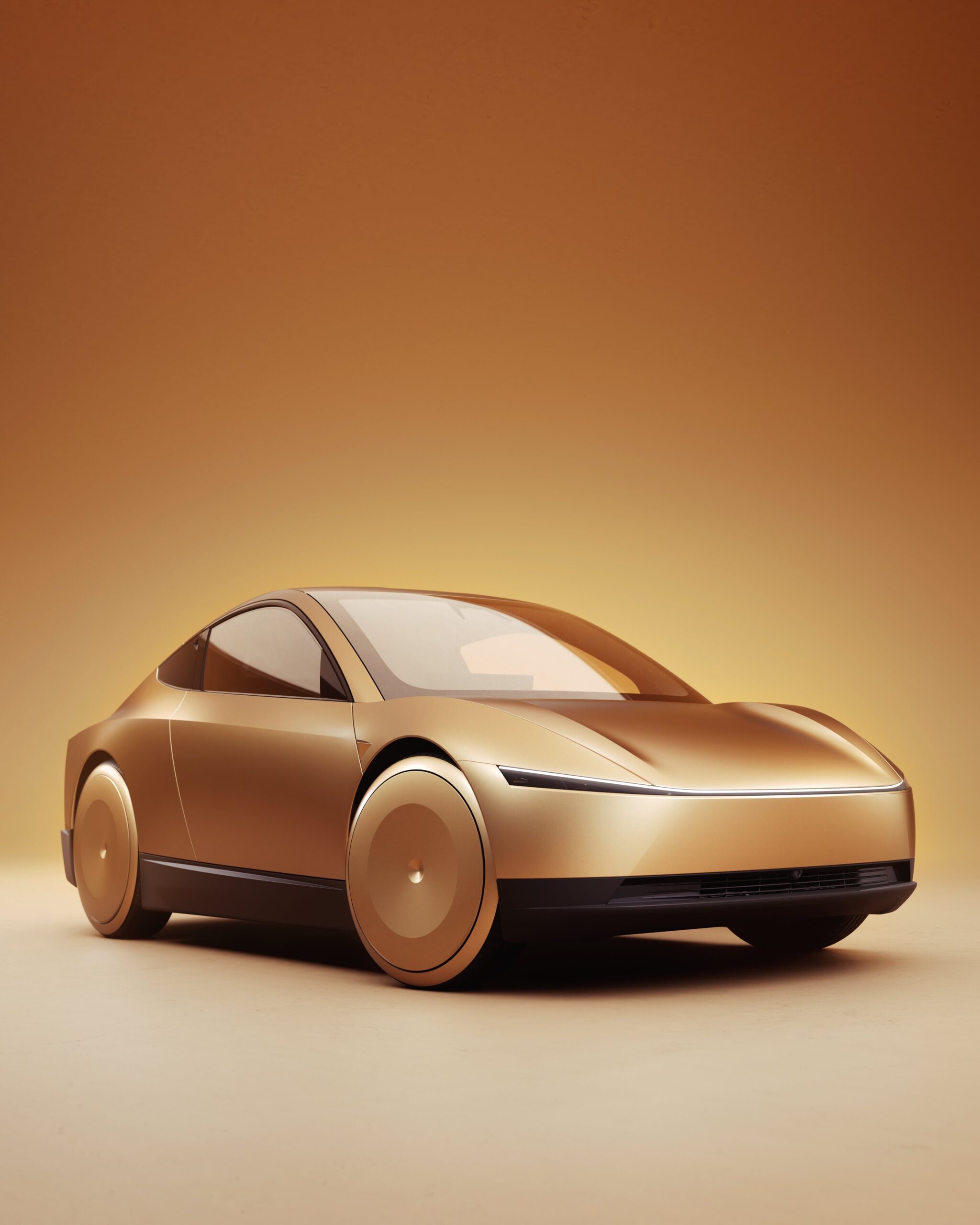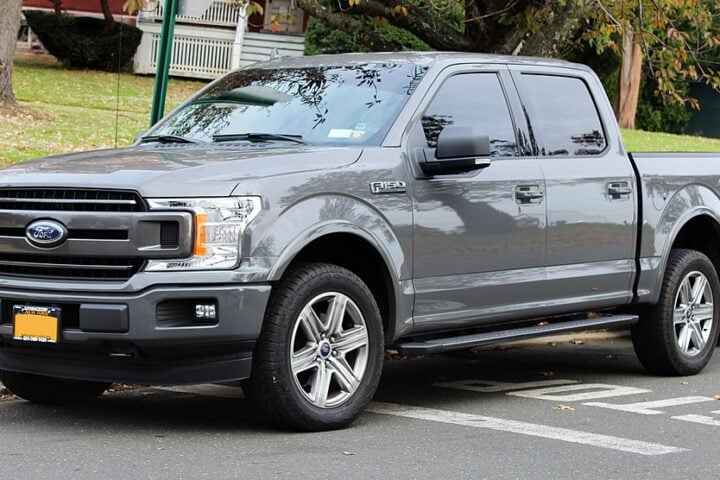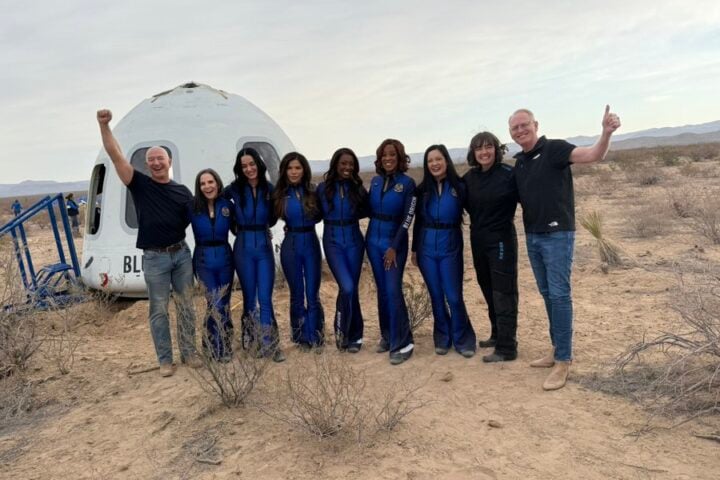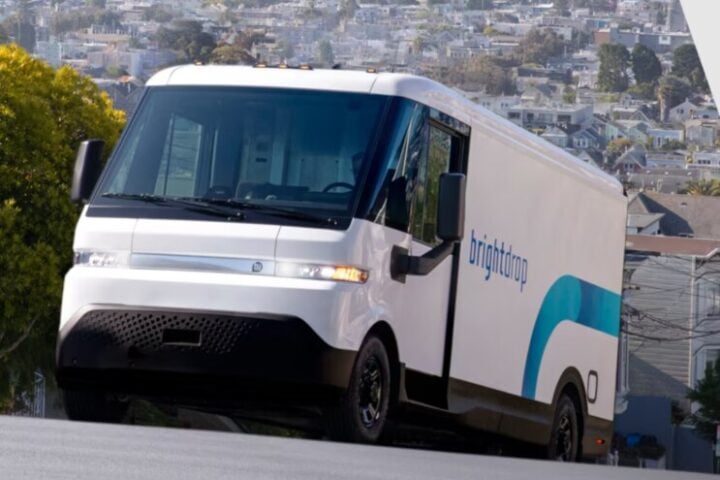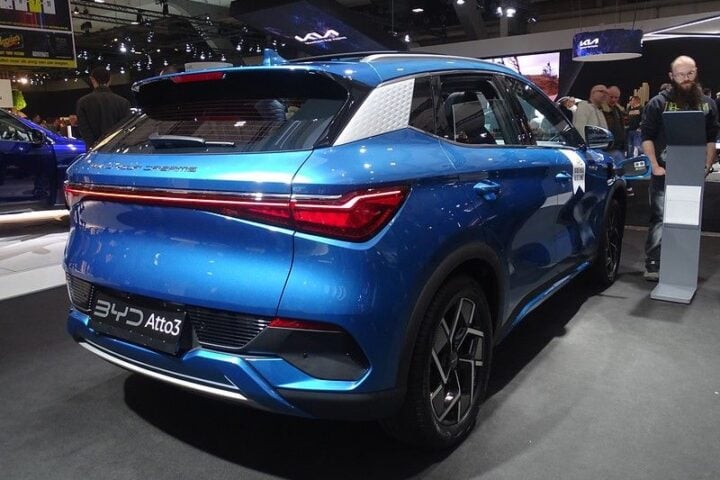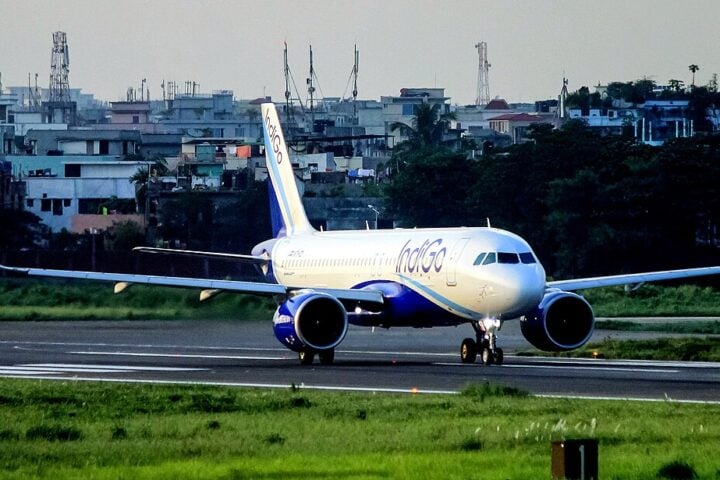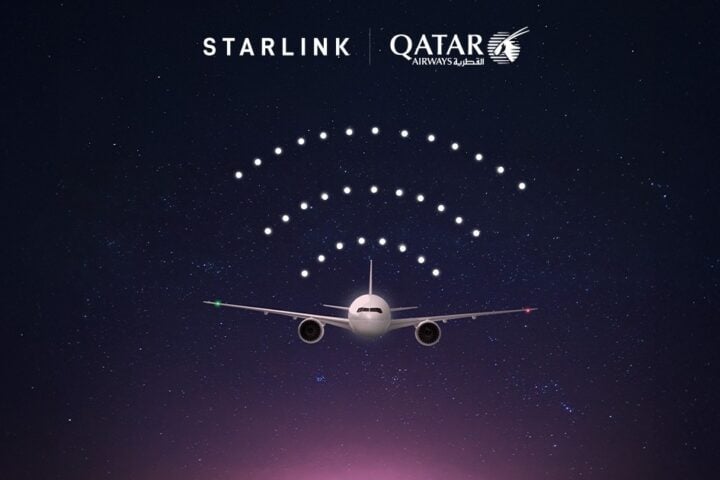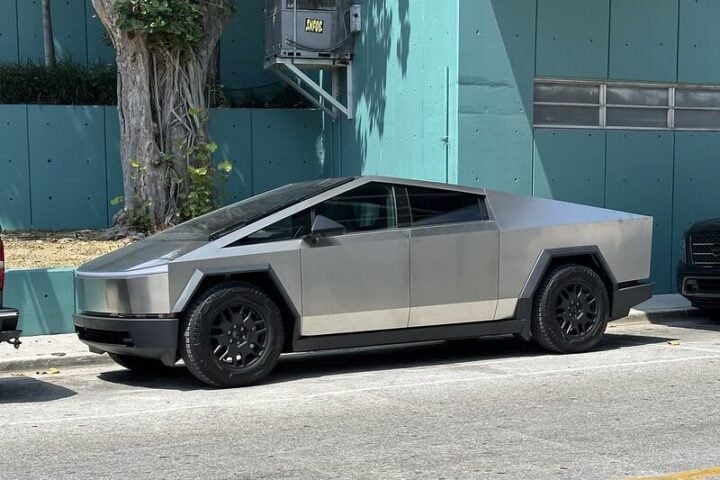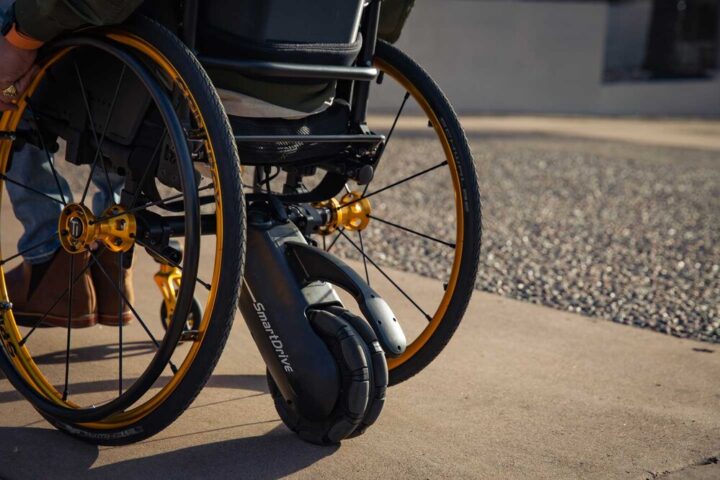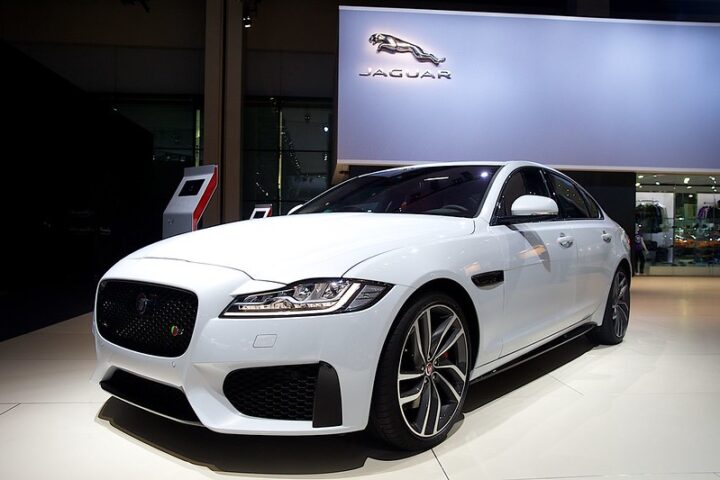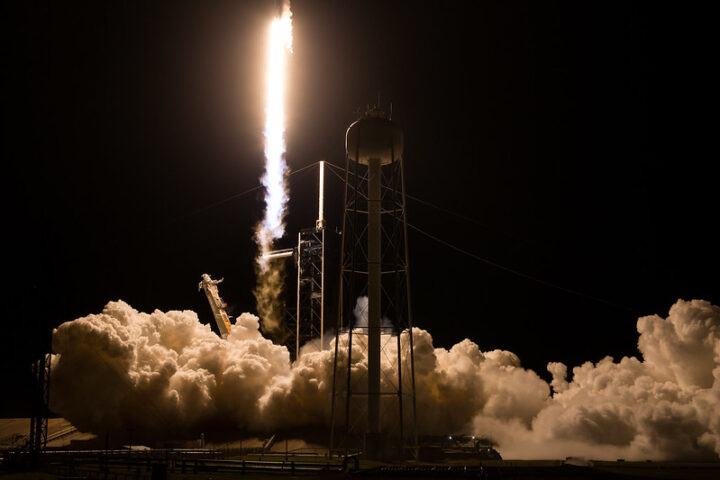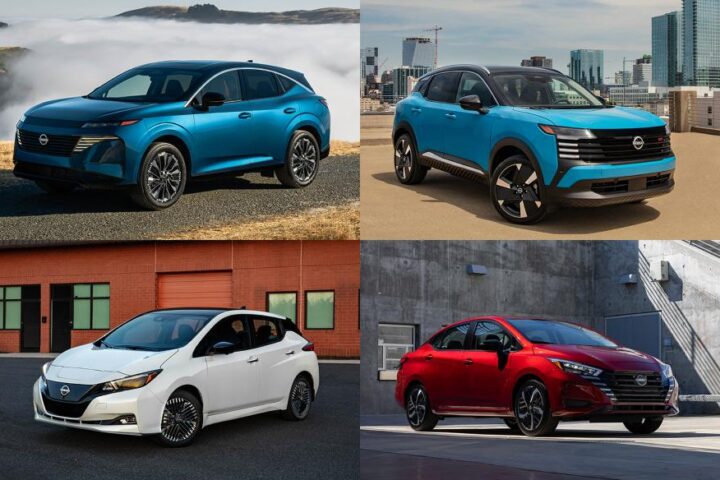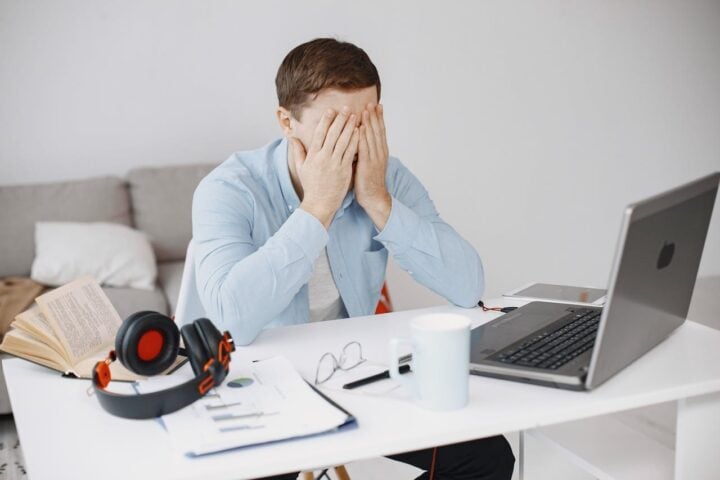Tesla CEO Elon Musk revealed prototypes of the company’s much-hyped Cybercab robotaxi and Robovan autonomous passenger vehicle at the “We, Robot” investor event on October 11th. The sleek silver two-door Cybercab, devoid of a steering wheel or pedals, will allegedly go into production by 2026 at a price under $30,000. The Robovan concept is designed to transport up to 20 passengers autonomously.
The Cybercab navigated mocked-up streets at the glitzy Hollywood event as Musk, donning a leather jacket, proclaimed that “the autonomous future is here.” He touted benefits like getting one’s time back and transport costs as low as 20 cents per mile.
However, the presentation was light on concrete details that investors were hoping for. Musk reiterated promises of unsupervised full self-driving (FSD) trials in Texas and California next year, initially for Model 3 and Model Y vehicles. But he provided no firm timeline for when a Tesla robotaxi service could launch to compete with leaders like Waymo.
Tesla stock fell nearly 10% in early trading Friday as analysts expressed disappointment. “I’m a shareholder and pretty disappointed,” said Dennis Dick of Triple D Trading. “I think the market wanted more definitive timelines.”
Similar Posts
Safety and regulatory hurdles also remain significant. Tesla’s camera-only FSD approach is controversial, and the latest version still requires 71 miles between critical disengagements compared to Waymo’s 17,311 according to The Dawn Project. Musk claimed riders will be able to sleep while in transit, the same unfulfilled promise he made in 2019.
Conspicuously absent was any mention of the rumoured $25,000 “Model 2” mass-market vehicle that could boost sales. The Cybercab may eventually reshape urban transport as Musk envisions, but for now, a clear path to profitability for a Tesla robotaxi network remains elusive. As Piper Sandler noted, “We wouldn’t be surprised if the stock sells off in the coming weeks, as pre-event momentum fizzles.”
Still, Tesla’s audacious bets on autonomy could pay off big if realized. Despite delays, Musk’s relentless pursuit of self-driving has spurred the entire industry forward. With global robotaxi revenue projected to reach more than $1 trillion by 2030 ,even a small slice would supercharge Tesla’s bottom line. All eyes will be on the rollout of FSD version 13 later this month, slated to enable auto-parking and reduce interventions 6-fold, as the latest barometer of progress.
For Tesla, the winding road to robotaxi nirvana is proving longer than Musk’s optimistic timelines. But betting against his visionary track record could be short-sighted. As one analyst put it, “it may not be next year, but down the road, the viability is there.” Expect a bumpy ride as one of the world’s most valuable automakers attempts to remake itself as a self-driving leader.
